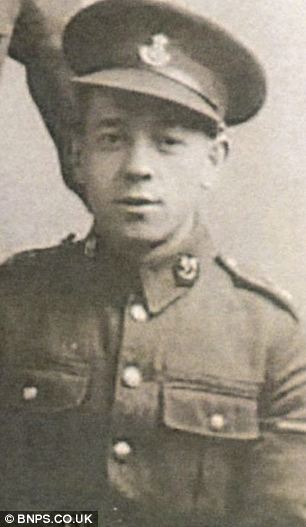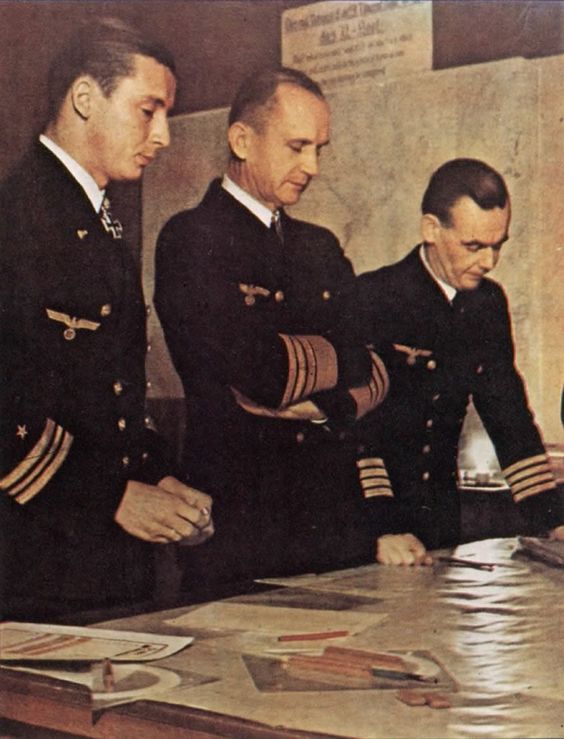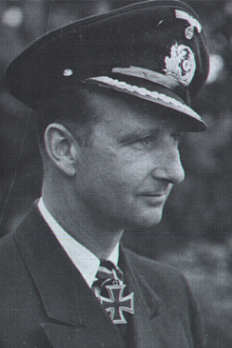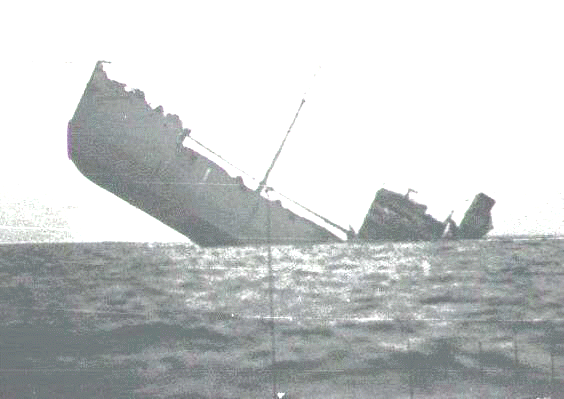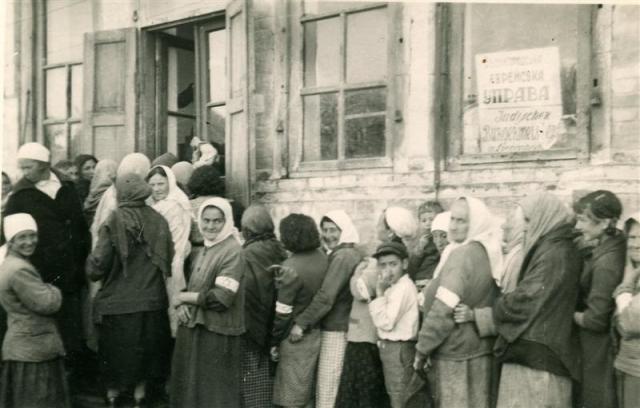Tuesday 2 September 1941
 |
| After crossing the Dneipr River, a German soldier searches a surrendering Soviet soldier in his foxhole on 2 September 1941. This area near the river is very marshy and it is relatively easy to dig holes there.(Federal Archive B 145 Bild-F016202-15A). |
 |
| Finnish troops crossing Rajajoki River, 2 September 1941 (SA-Kuva). |
 |
| Crashed airplane to the east of the Dneipr River, 2 September 1941 (Federal Archive B 145 Fig. F016202-19A). |
In the Army Group Center sector, General Halder holds a difficult conference with Army Commander Field Marshal von Brauchitsch and Army Group Center commander Field Marshal von Bock. After reviewing the heavy casualties and lack of reserves in the Yelnya "lightning rod" position, they decide to evacuate the salient. In retrospect, some consider the first time that the Germans have been forced to make a significant retreat during World War II. The situation is made more critical by the need to transfer all available reserves to support General Guderian's Panzer Group 2 and accompanying the Second Army, which are facing heavy counterattacks south of the Desna. Guderian's tanks give up some ground on the east flank when they are supposed to be advancing south toward Chernihiv on the road to Kyiv.
In the Army Group South sector, the Germans are consolidating their bridgeheads across the Dneipr and make no further major progress. German Sixth Army begins attacking Soviet 37th Army as it continues plowing into the Kyiv defenses.
 |
| View across the Dneipr River, 2 September 1941 (Federal Archive B 145 Bild-F016202-04A). |
The RAF begins a daylight bombing campaign against targets in northern France. RAF Fighter Command sends six Blenheims on a sweep across the French coastline north to Ostend on Roadstead operations, losing one Blenheim bomber. They claim to set one ship on fire. RAF Bomber Command sends three Flying Fortresses to attack Bremen, Duisburg, and Hamburg, but only Bremen is attacked.
After dark, the RAF attacks Frankfurt with 126 bombers (71 Wellingtons, 44 Whitleys, and 11 Hampdens). Three Wellings and a Hampden fail to return. Damage is slight.
A secondary attack by 49 bombers (32 Hampdens, 7 Halifaxes, 6 Stirlings, and 4 Manchester bombers) bombs Berlin. The RAF loses five bombers (2 Halifaxes, 2 Hampdens, and a Manchester).
There are also 16 RAF bombers sent to lay mines off the Frisian Islands and the Danish coast. There are ten Wellingtons and Whitleys sent to bomb Ostend. The RAF loses two Hampdens and 1 Wellington.
In the Berlin raid, RAF No. 61 Wing Commander G.E. Valentine and Group Captain J.F. Barrett are killed. They are buried in the Berlin War Cemetery.
 |
| A Sturmgeschütz III advances after crossing the Dneipr, 2 September 1941 (Federal Archive B 145 Fig. F016202-23A). |
Finnish minelayers conduct operations designed to bottle up the Soviet warships at Kronstadt and Leningrad.
Battle of the Atlantic: Royal Navy Force M, composed of the aircraft carrier HMS Victorious, heavy cruisers Devonshire and Suffolk, and six destroyers, departs from Sardam Bay on Operation EGV1. This is a planned attack on German convoys and installations at Tromso in northern Norway.
The 4989-ton German freighter Oslebshausen sinks near Obrestad, Norway (near Stavanger). This apparently is due to a mine, though some sources say it is due to an RAF torpedo attack.
Norwegian sources report that renovated 1866 fishing vessel Sydnes springs a leak and sinks under tow after taking on coal at Kristiansund.
German salvage tug Peter Wessels hits a mine and sinks in the Ems River.
Royal Navy landing craft HMS LCP(L) 59 and LCP(L) 71 sink on this date. No other details are readily available.
Free French destroyer La Cordeliere runs aground in Scotland and sustains some minor damage.
Convoy OS 5 departs from Liverpool bound for Freetown, Convoy HG 72 departs from Gibraltar bound for Liverpool, Convoy ST 2 departs from Freetown bound for Takoradi.
Royal Navy submarine HMS Umbra is commissioned.
Canadian corvette HMCS Fredericton (Quebec), patrol boat Ehkoli (British Columbia), and minesweeper Miramichi (North Vancouver) are launched.
USS submarine US Gurnard is laid down.
U-175 is launched.
 |
| After crossing the Dneipr, German soldiers aid an injured rider, 2 September 1941 (Federal Archive B 145 Image-F016202-24A). |
Malta has just concluded its first full week without any enemy night air raids since early in the war. The moon, however, is now full, and before dawn, there is a lengthy raid that lasts for four or five hours. Damage is minor. There are no raids during the day or after dark.
A mine explodes at Ta Qali, killing three or four RAF soldiers.
Battle of the Black Sea: Soviet cruisers Chervona Ukraina and Komintern support the ground troops at Odesa.
Partisans: Marshal Tito's forces combine with the nationalist Chetniks in attacks on the German garrison in Krupanj in Serbia.
Special Operations: In Spitzbergen, Royal Navy transport Empress of Canada embarks the inhabitants and Canadian troops. Before they depart, the Canadians destroy the town after already having destroyed the nearby coal facilities. The force, which includes cruisers and destroyers, plans to leave on 3 September. The Germans remain completely unaware of the operation.
 |
| A German machine-gun squad mans an MG-34 at a railway bridge across the Dneipr, 2 September 1941 (Federal Archive B 145 Bild-F016205-06). |
The Japanese consulate in Batavia, Netherlands East Indies, informs Tokyo that the local government has assumed an anti-Japanese and pro-Chinese posting, stating:
conditioned by our military invasion of French Indo-China, it was a fact that the government of these islands had drastically stepped up their anti-Japanese tendencies and very evidently assumed an attitude of aid to China.Trade continues between the Netherlands East Indies, however.
US/Mexican Relations: The United States extends loans to Mexico to create a joint defense of the hemisphere. In addition, the two countries, and also Colombia and Ecuador, enter into currency stabilization agreements.
 |
| German soldiers search Soviet machine-gun foxholes after crossing the Dneipr on 2 September 1941 (Federal Archive B 145 Bild-F016202-18A). |
United States Military: There is no sense of urgency on the American side in the Pacific. General Douglas MacArthur, in charge of US forces in the Philippines, casually remarks to Admiral Hart that there is "plenty of time" to get ready for a Japanese attack.
British Military: Royal Navy sailor Albert Howarth is awarded the Albert Medal after saving the life of another man in the water after his own foot had been blown off.
 |
| Soviet Prisoners being taken prisoner after German troops cross the Dneipr, 2 September 1941 (Federal Archive B 145 Fig. F016202-14A). |
US Government: Edward Stettinius replaces Roosevelt's crony Harry Hopkins as Lend-Lease administrator.
China: The collaborationist government of Manchuria ("Wei Manzhouguo") enacts its second five-year plan for economic growth.
Holocaust: German police operate in conjunction with local auxiliaries to massacre over 3700 Jews at Ponary (near Vilnius) in the Ponary massacre.
 |
| Finnish troops crossing Rajajoki River, 2 September 1941 (SA-Kuva). |
Leningrad is isolated. In addition to a population of 2.5 million inhabitants, about 100,000 refugees have poured into the city. There is not enough food in the city to feed everyone. The loss of the main rail line through Mga means food deliveries from the south are going to have to travel by other means, none of which are adequate. Leningrad officials impose food rationing.
Italian Homefront: Il Popolo d’Italia, the fascist newspaper, writes that the goal of the Hitler/Mussolini alliance is to form a united Europe through the "‘harmonious co-operation of all European peoples."
American Homefront: "The Great Gildersleeve" radio program debuts on NBC. It is a spinoff of "Fibber McGee and Molly." It quickly becomes very popular and lasts throughout the decade.
Future History: John Thompson is born in Washington, D.C. He becomes the legendary basketball coach of the Georgetown Hoyas. In 1984, Thompson becomes the first African-American head coach to win a major collegiate championship. He is the head coach who grooms Patrick Ewing, the center on the team, into becoming a dominant force in the NBA. As of this writing, John Thompson is a professional radio and television sports commentator.
 |
| Finnish troops crossing Rajajoki River, 2 September 1941 (SA-Kuva). |
September 1941
September 1, 1941: Two Years In
September 2, 1941: Germans Pushed Back at Yelnya
September 3, 1941: FDR Refuses to Meet with Japanese
September 4, 1941: Hitler Furious at Guderian
September 5, 1941: Germans Evacuate Yelnya
September 6, 1941: Japan Prepares for War
September 7, 1941: Hitler Orders Drive on Moscow
September 8, 1941: Leningrad Cut Off
September 9, 1941: Germans Attack Leningrad
September 10, 1941: Guderian Busts Loose
September 11, 1941: Convoy SC-42 Destruction
September 12, 1941: Starve Leningrad!
September 13, 1941: Zhukov at Leningrad
September 14, 1941: Germany's Growing Casualties
September 15, 1941: Sorge Warns Stalin Again
September 16, 1941: Soviets Encircled at Kiev
September 17, 1941: Iran Conquest Completed
September 18, 1941: Focke-Wulf Fw 190 in Action
September 19, 1941: Germans Take Kiev
September 20, 1941: Death at Kiev
September 21, 1941: Raging Soviet Paranoia
September 22, 1941: Defense of Nickel Mines
September 23, 1941: Air Attacks on Leningrad
September 24, 1941: Japanese Spying Intensifies
September 25, 1941: Manstein at the Crimea
September 26, 1941: Kiev Pocket Eliminated
September 27, 1941: Massacre at Eišiškės
September 28, 1941: Ted Williams Hits .400
September 29, 1941: Babi Yar Massacre
September 30, 1941: Operation Typhoon Begins
2020

